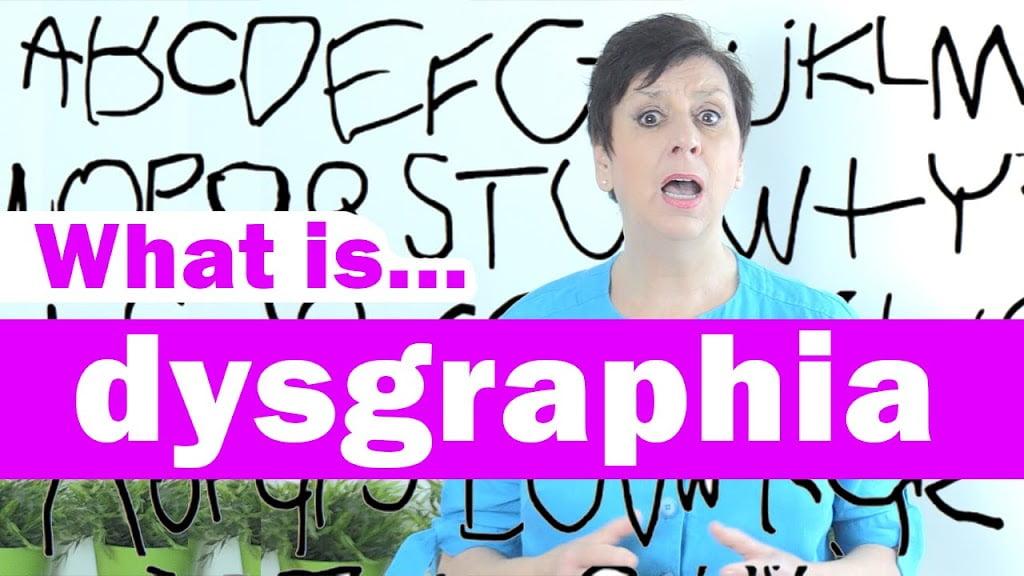Like dyslexia, dysgraphia is a learning disability. However while dyslexia affects one’s ability to read, dysgraphia affects the ability to write. The two disabilities can be confused because they often occur together and they have some symptoms in common.
Children who experience dysgraphia may have problems with the physical act of writing. Or they may find it hard to organize their thoughts and express them in writing – a process that requires both language processing skills and fine motor skills. For some, the simple act of holding and using a pencil can be a challenge. A child with dysgraphia may also have a hard time with spelling. Regardless of how dysgraphia affects a child, there are strategies and therapies that can help a child overcome the disability.
It’s important for parents to recognize the signs of dysgraphia and not to assume that their child’s struggles with writing are caused by laziness or reluctance to apply him or herself in school. With the right kind of support, a child can move beyond the challenges of dysgraphia.
The following signs may indicate dysgraphia:
If you think that your child may have dysgraphia, speak to your family doctor or your child’s teacher for a referral to a professional who can diagnosis and treat your child.
If you think that your child may have dysgraphia, speak to your family doctor or your child’s teacher for a referral to a professional who can diagnosis and treat your child.
- Illegible handwriting
- Using a combination of print and cursive letters
- Unusual spacing between letters and words
- Incorrect usage of punctuation
- Difficulty gripping a pencil
- Slow writing that takes more effort than it should
- Run-on sentences and inability to organize text in paragraphs
- Difficulty organizing information


